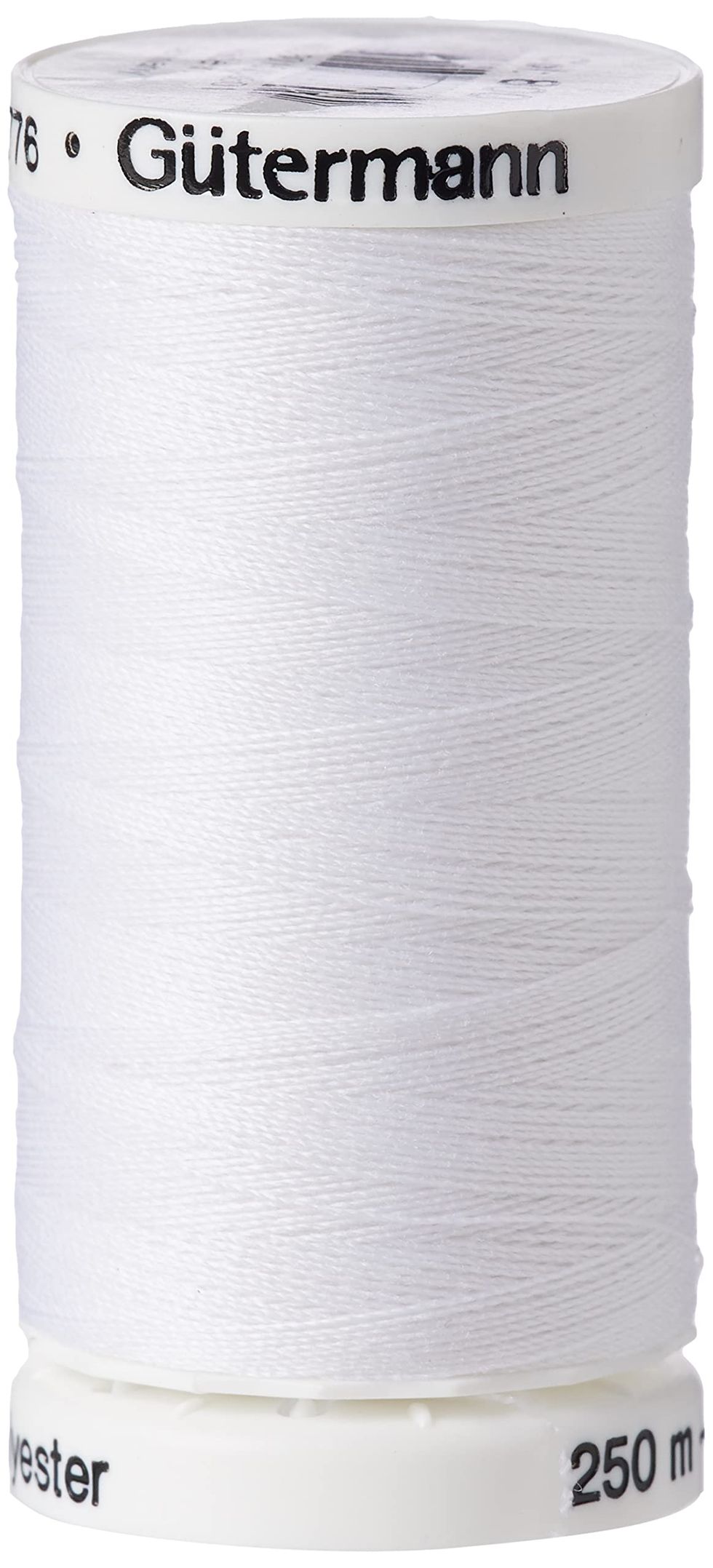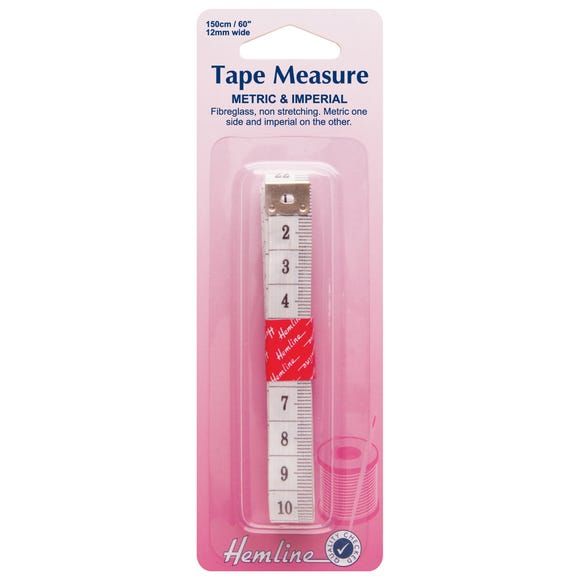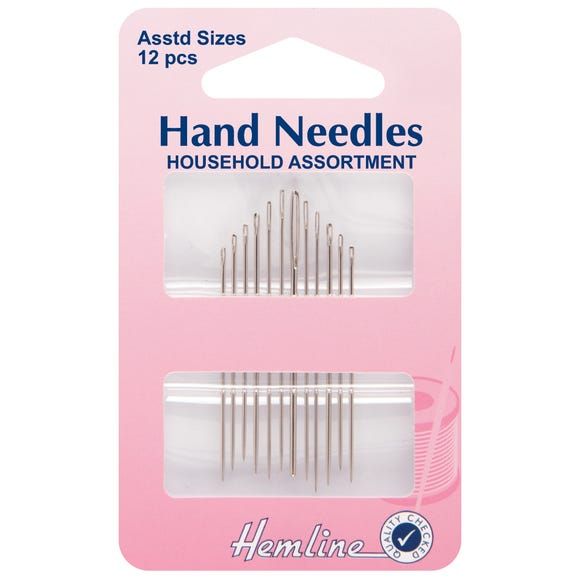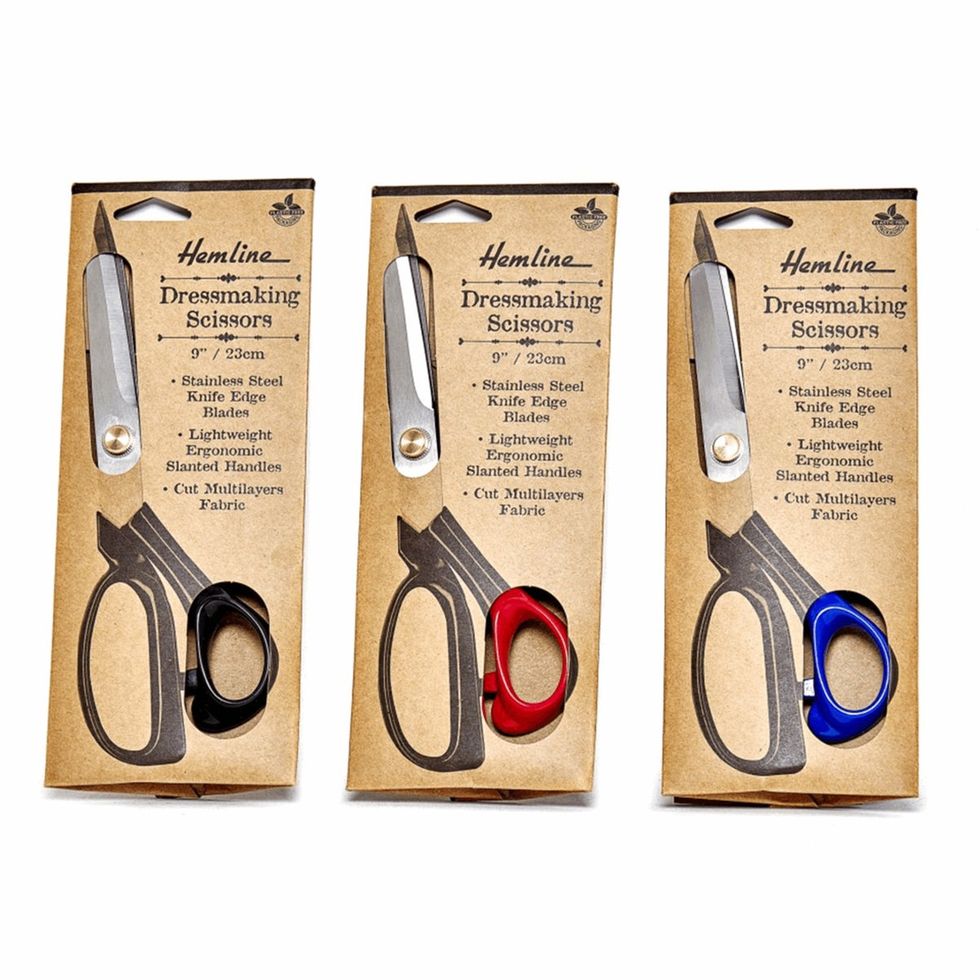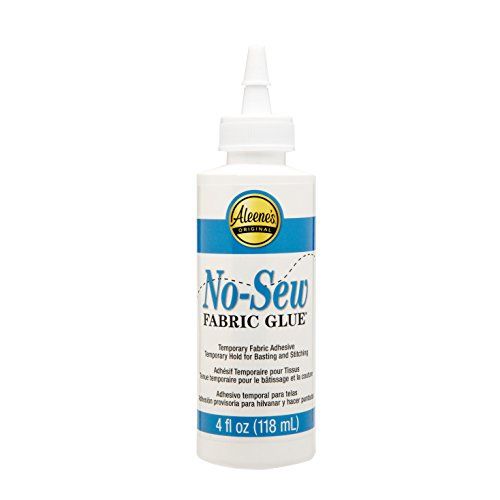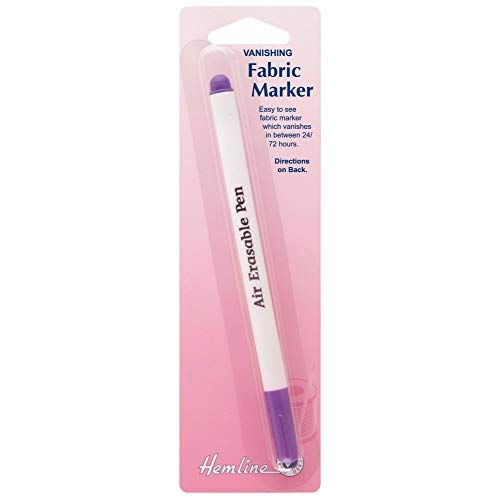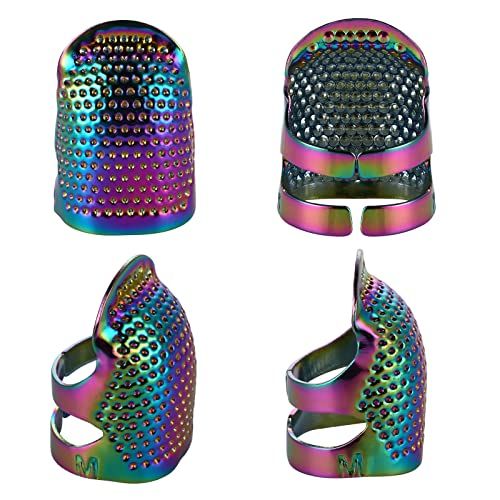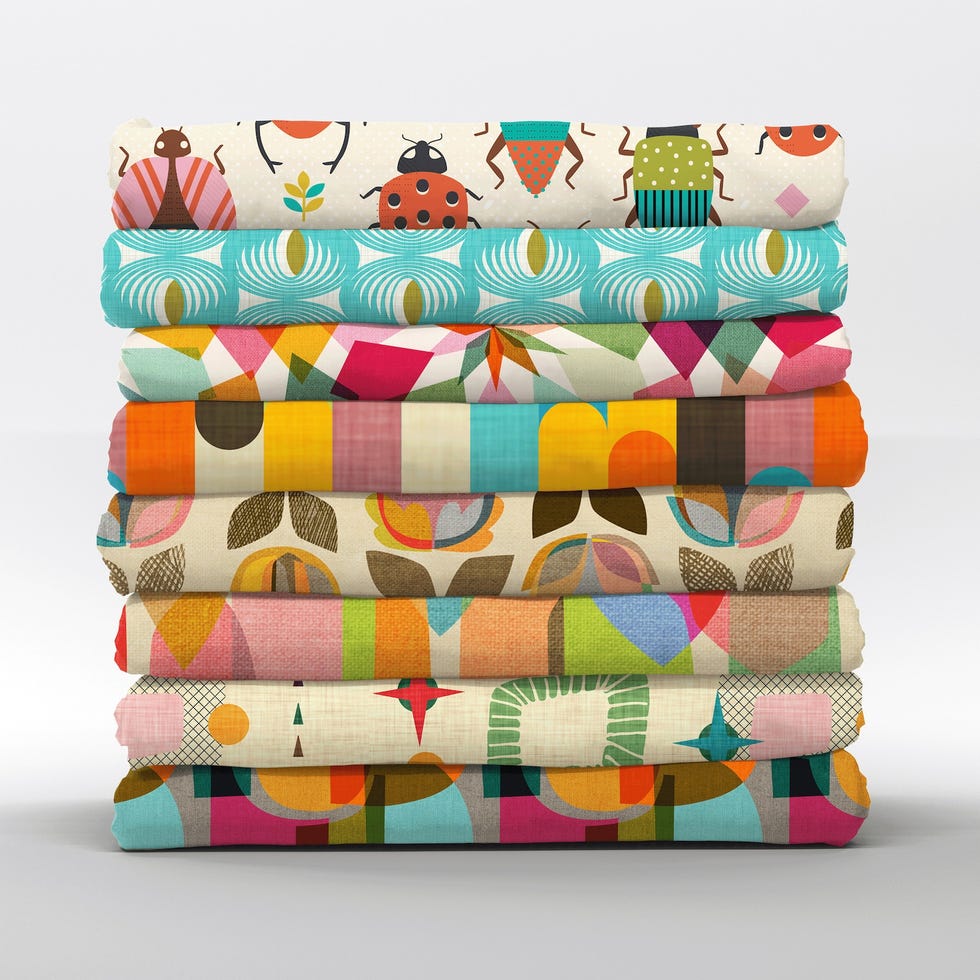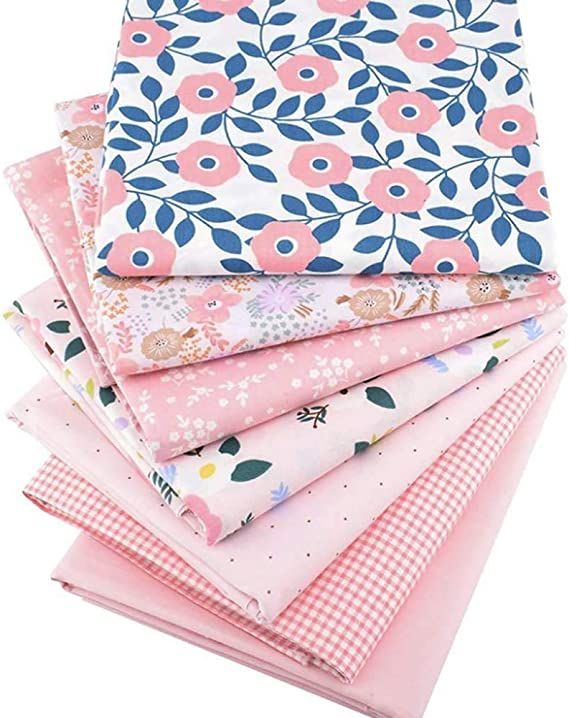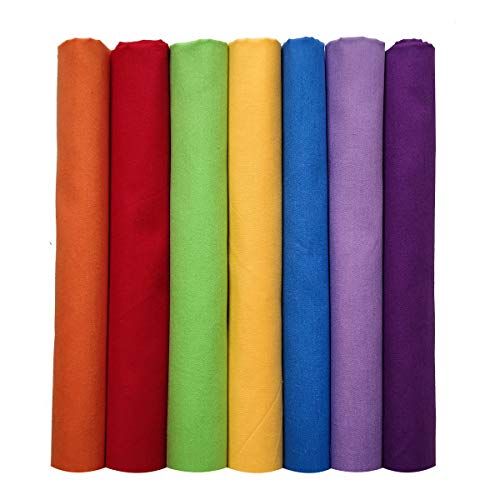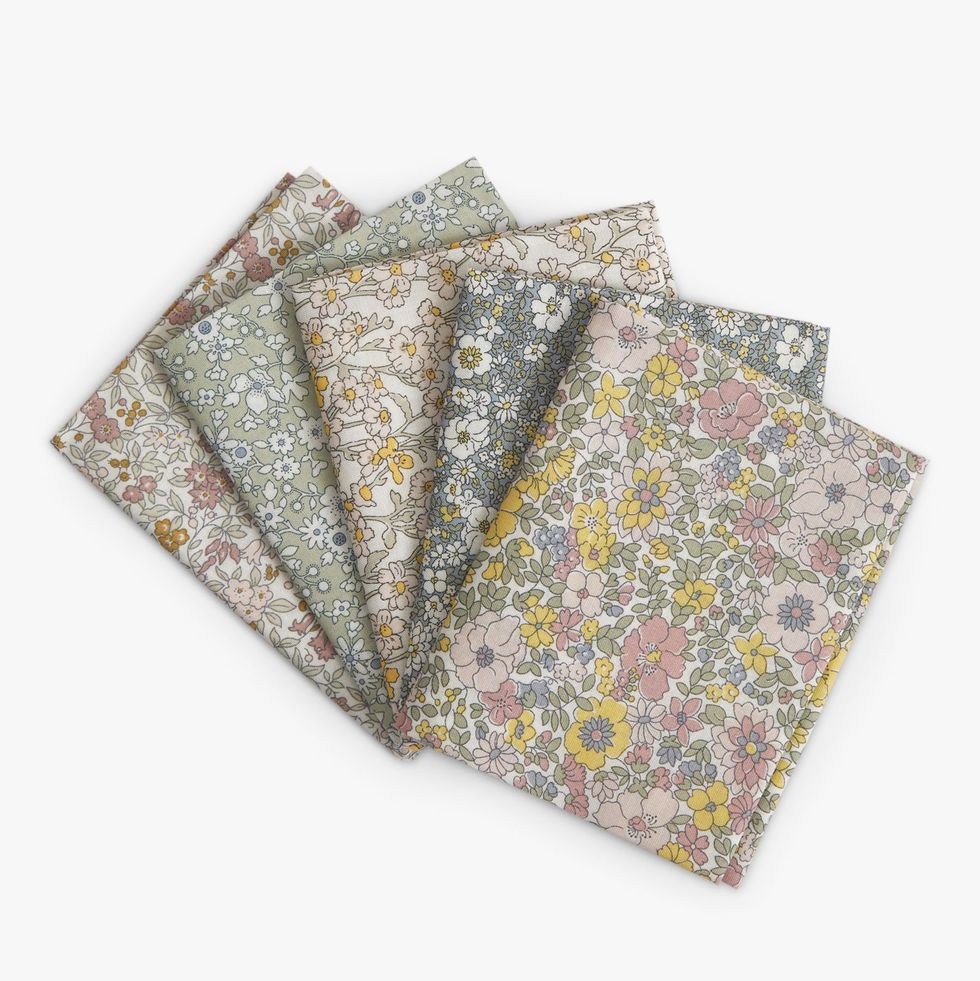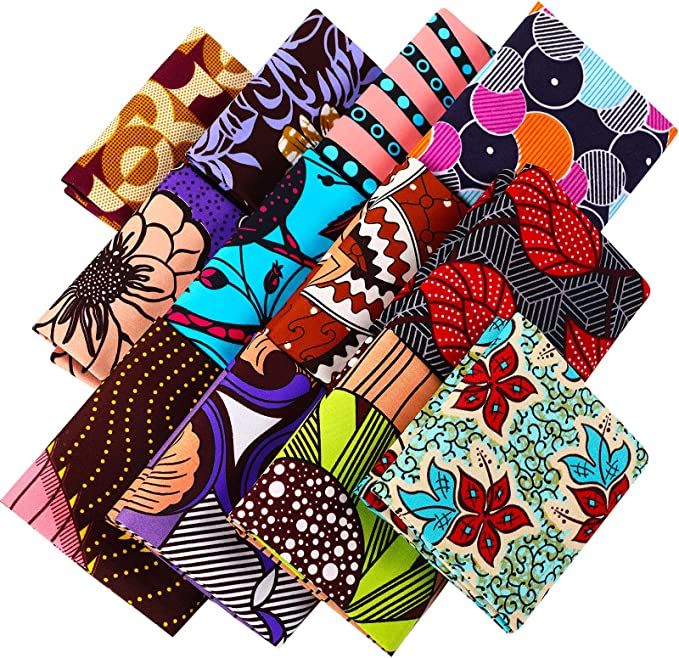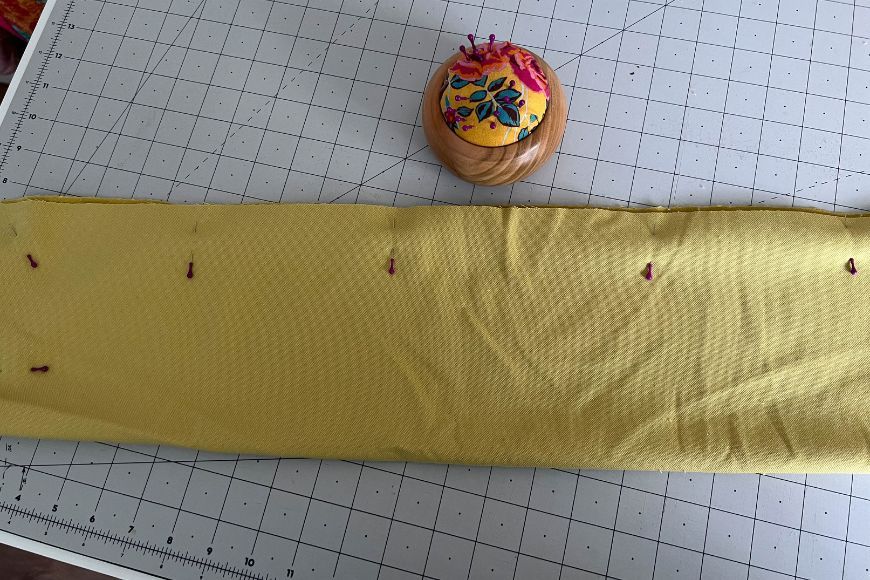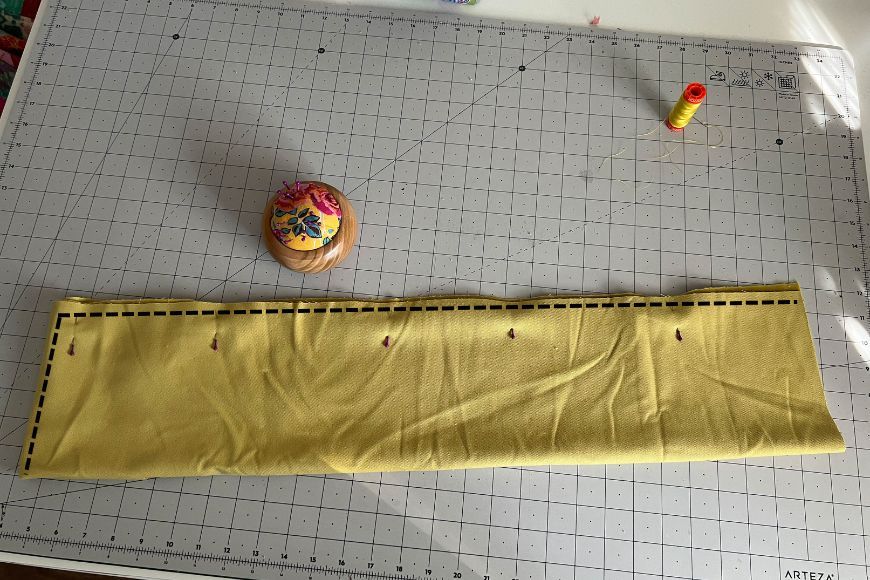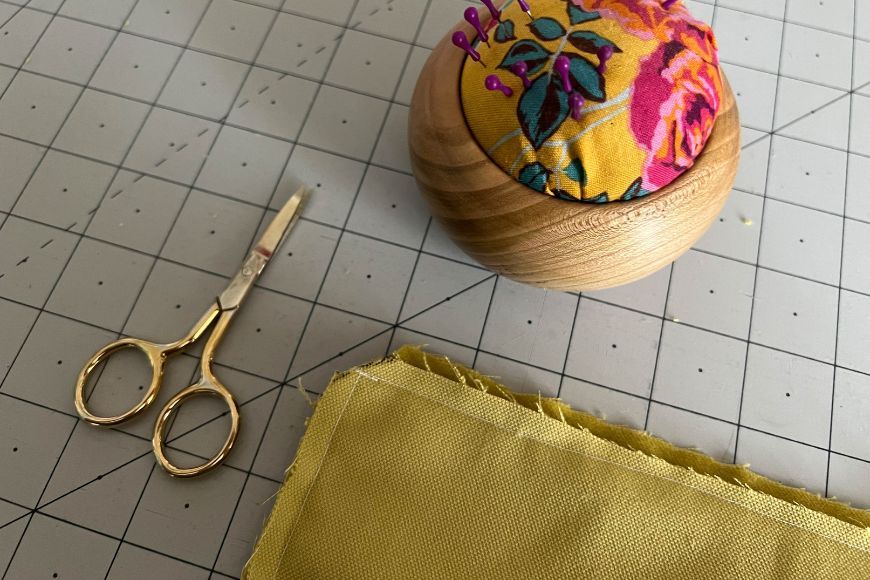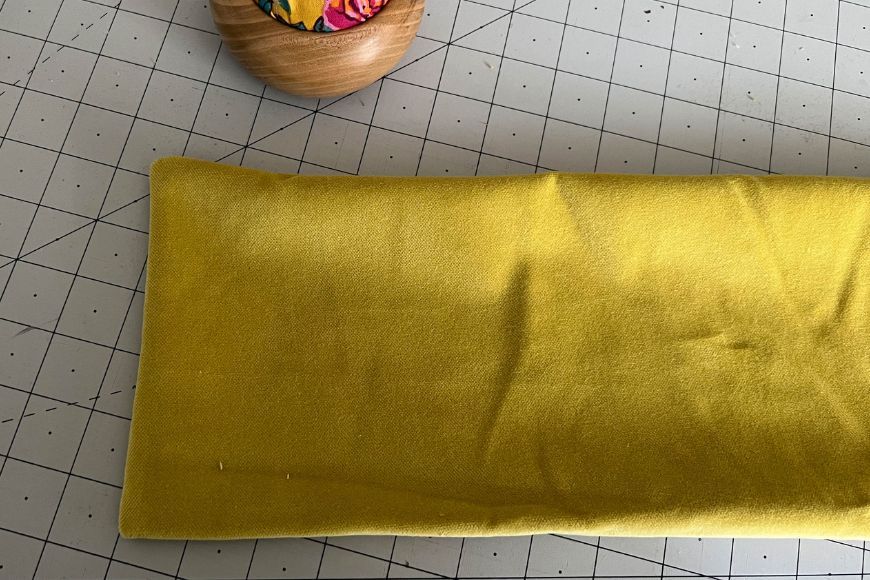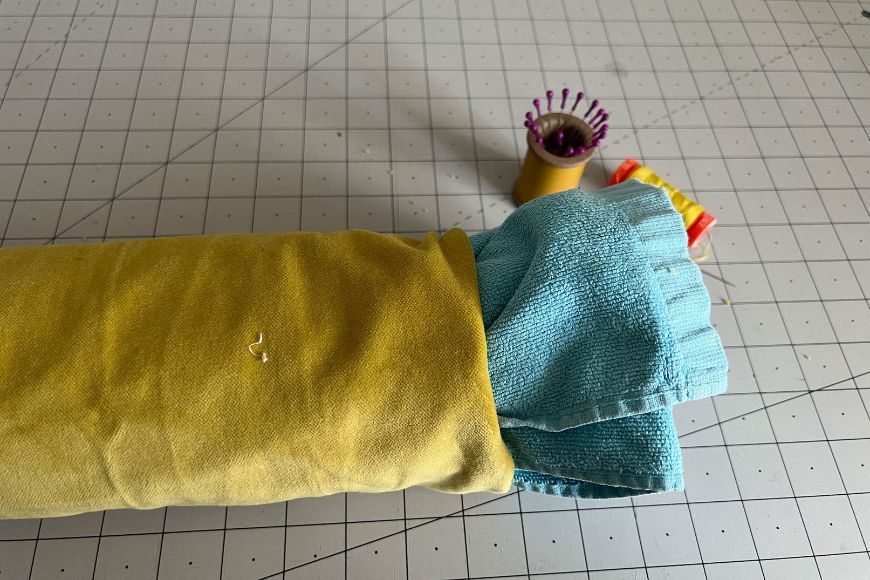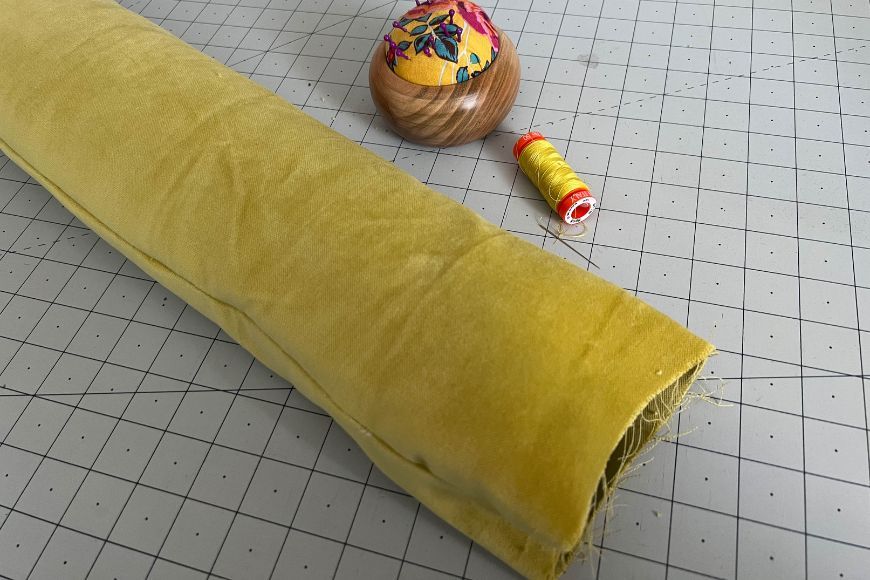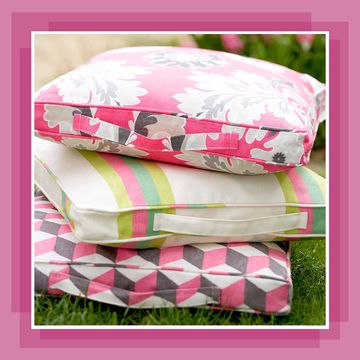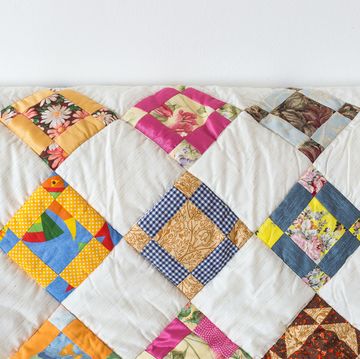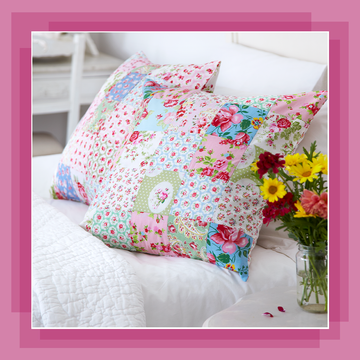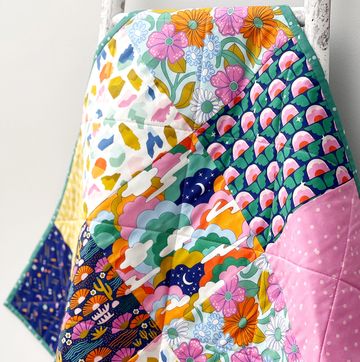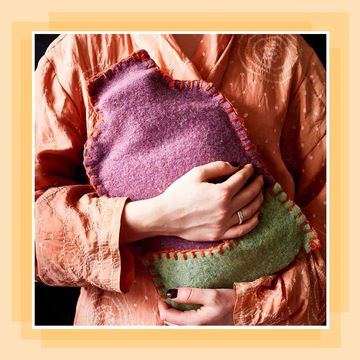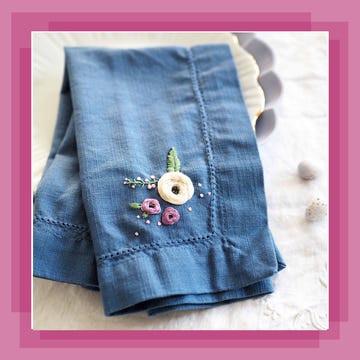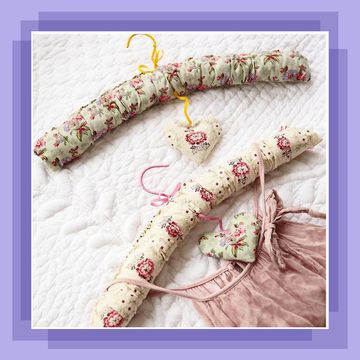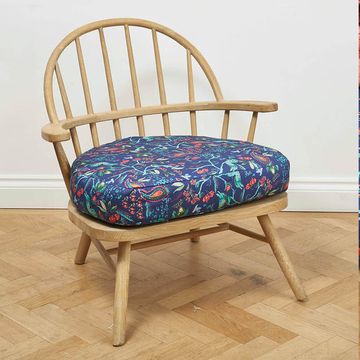As we're into the colder months, there is no better time to learn how to make a draught excluder for your home with our free sewing pattern and simple tutorial.
Draught excluders are an essential winter craft. Not only are they super useful for preventing cold air from coming in under your doors and windows, no one likes to be sat in a draught, but they are also key in helping to keep your heating bills down.
Once you’ve made one and mastered how to do it, you’ll be able to sew them for all the rooms in your home in no time, improving insulation and making a much more comfortable, cosy place for you and your family.
The benefit of sewing your own draught excluder is that you can personalise the design by choosing fabrics of your choice and can make sure it’s the perfect fit for where you want to use it. You can even embellish it with some pretty hand embroidery or applique patches so that it ties in fully with the rest of your decor.
In this step-by-step tutorial for how to make a draught excluder, we'll show you how to make a simple draught excluder using some left-over fabric from your other sewing projects. You don’t need to be able to sew or even have a sewing machine to make this simple draught excluder and if you’re new to sewing, it’s a perfect beginner’s project.
Why making a draught excluder is easier than you may think
We'll be showing you how to sew a draught excluder, but there are many ways to make one.
A no-sew version involves simply taking an old duvet and tying ribbons around it to keep it in a tube shape – its cosy thickness will keep out the cold.
There are also draught excluders made from the leg of old jeans, an old pair of tights or old woolly jumper sleeves. They can be stuffed with newspaper, rice, lentils, the pad from an old cushion, polystyrene foam, peanuts, bubble wrap or carrier bags – whatever you have at home. You can also make a laminate fabric one, too, which is easy to clean.
In Australia, sand-filled draught excluders are called door snakes. All you need is a soft filling that is compact enough to prevent draughts and you can get started.
Where should you put draught excluders?
The brilliance of homemade draught excluders is that you can make them as long or as short as you wish. If you have a patio door or large window with a draught you can make one to fit from a pair of old curtains. Perhaps you have sash windows? Thin draught excluders that are fitted across the sash prevent the wind whistling in.
Stopping a draught is sometimes what you need more than turning the heating on, a simple draught stopper could save you money as well as stop cold air entering your home.
How to make a draught excluder
What you’ll need:
- Fabric
- Tape measure
- Scissors or rotary cutter
- Sewing machine (optional)
- Pins
- Hand needles
- Sewing thread
- Ruler
- Stuffing (see below for suitable materials you may have at home)
- Fabric glue or seam glue (optional if you don’t want to sew)
Choose your fabric
This is a great project for using up leftover fabric. If your fabric is thin, consider using two layers. Here we're using upholstery velvet leftover from making cushions.
Measure your window or door
You want the draught excluder to cover the entire width of the door and be high enough to cover where the draught comes in if your door has a lip.
You want your fabric to be 3/4 inch larger than your gap for the seam allowance. In this design, the gap is 33 inches, so the rectangle is 33 3/4 inches long by 12 inches high. Adjust according to your needs.
Cut your fabric
Now that you have your dimensions you can cut out the fabric. If you’re not experienced at cutting straight lines draw them out with a pen or pencil on the back of the fabric as a guide.
Fold and pin your fabric
Fold the fabric in half along the long length, with the right sides of the fabric facing together and pin or clip the edges so that they are neatly lined up.
Sew your draught excluder
You can sew with a small stitch length of two on your sewing machine or hand sew with a small running stitch. If you don’t want to sew then you could use a seam tape like wonder web or even fabric glue.
If using a sewing machine, stitch along the long edge, backstitching at the start – 1/4 inch from the edge of the fabric.
When you come to 1/4 inch from the end of the long side leave the needle down, lift the machine foot and swing the fabric to create a neat corner. Put down the machine pressure foot and carry on to the end, backstitching when you finish.
You need to have the length and one width sewn together.
Trim your corners
Cut the corners of the rectangles on a diagonal (but don’t accidentally snip your stitching) to make it easier to poke the corners out.
Turn right side out
Turn your sewing inside out so the right side of the fabric can now be seen. Push out the corners until they’re looking lovely and neat.
Fill with stuffing
For the stuffing, you don't need to buy wadding - instead, see what you already have at home. Rice adds extra weight, old socks, old tights, cut-up old pillowcases or anything else you have to hand can be used to stuff your draught excluder. We used two threadbare towels rolled together to stuff this one.
To seal the open side of your draught excluder, you need to allow for ½ inch of fabric to be tucked in.
Shake your filler so the end is free when you sew 1/2 inch from the edge, backstitching at the start and finish. Many prefer to do this by hand using an invisible seam or ladder stitch as it is easier than trying to get a stuffed draught excluder through a sewing machine. Another tip is if you have a close matching thread colour to your fabric then it hides any hand sewing imperfections.
Ready to start making your own draught excluder? Have fun with this easy project and look forward to a cosy winter!
TOP TIP: Make a cute snake draught excluder. Simply sew on two buttons for eyes and a piece of red ribbon (with a V-shaped piece cut out of one end) for a forked tongue.
Have you sewn pieces for your home? Share your creations with us by tagging @primamag in your pictures on Instagram!

